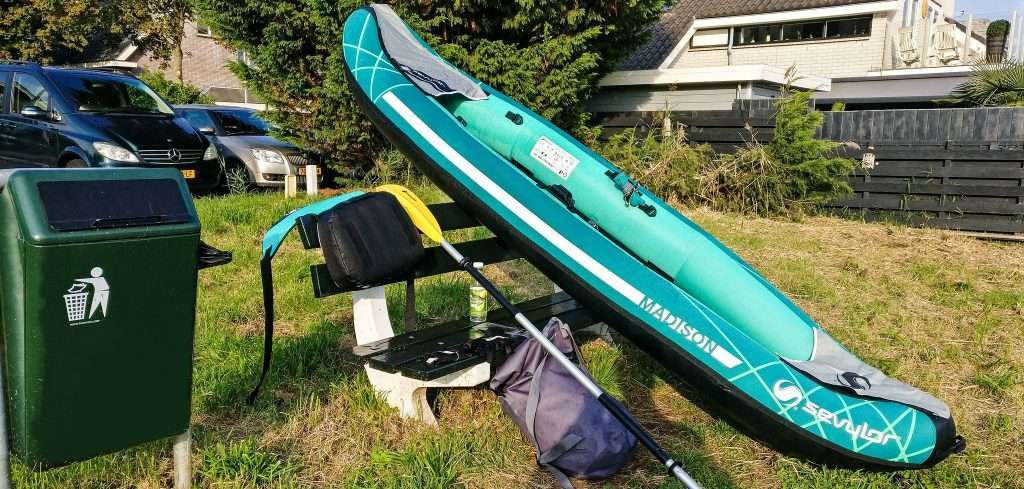The real challenge in keeping your core temperature up when kayaking is exercising self-discipline. It’s easy to skimp on neoprene socks, a change of clothes and knit hats. But a day on the water will turn disastrous without staying as warm and dry as possible. You’ll also find new comfort and pleasure in kayaking if you can do it comfortably and without compromising your health.
Difficulty: Moderately Easy
Things You’ll Need:
- Wetsuit Paddling jacket Gloves Knit hat Non-cotton layer Fleece Water and wind resistant layer Chemical hand warmers Neoprene socks Waders Change of clothes
- Wetsuit
- Paddling jacket
- Gloves
- Knit hat
- Non-cotton layer
- Fleece
- Water and wind resistant layer
- Chemical hand warmers
- Neoprene socks
- Waders
- Change of clothes
Instructions
Step 1
Wear appropriate kayak clothing including a wetsuit, paddling jacket and gloves. Include a knit stocking cap to help keep the heat inside of your body. Most of your body heat escapes through your head, so protect it and keep a dry hat on hand to change into after you’re done kayaking.
Step 2
Consider your layering process to stay warm and dry at the same time. Opt for a non-cotton layer base to keep dampness and water away from your skin.
Step 3
Add a fleece sweatshirt over your non-cotton layer to help insulate your body and retain more heat.
Step 4
Include a wind and water-resistant layer like a paddling jacket to protect your body from the cold elements of the water.
Step 5
Wear neoprene socks to trap extra body heat. You can also double up to increase your chances for warmth. Make sure your shoes fit over the socks, otherwise you can try a pair of inexpensive sandals to wear over them. Even on a cold day, a combination of socks and sandals may be a warmer option than shoes.
Step 6
Purchase chemical hand warmers and use them inside your suit, socks, or gloves to keep your core temperature higher while paddling. You may only be able to find them during winter months or online, so stock up during cold months.
Step 7
Wear waders when dipping in the water to launch your kayak or stop for an excursion on the water. They’re an effective way to keep your clothes dry and retaining extra body heat. Remember that the waders won’t offer much insulation while kayaking long distances and could actually be dangerous during a capsize. Use them sparingly or during near-shore excursions.
Tips & Warnings
- Remember to stay warm and dry off the water. Bring wool socks, a dry hat, a dry change of clothes and an insulated sleeping bag.
- Kayaking in cold waters can lead to hypothermia. Set out with a partner or group and monitor your time on the water.

